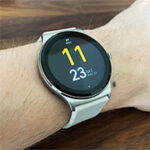The Haylou Solar Lite is the entry-level model from the Solar series and it’s perhaps the most inexpensive smartwatch that I have tested so far that doesn’t seem to have cut many corners in terms of design. I have tested the Plus version from the series which costs a bit more but it appears to have a better display and support for Bluetooth calling, so I suppose that the Haylou Solar Lite wants to redefine what the inexpensive smartwatch should look and perform by pushing the boundaries to the maximum.
| Haylou Solar Lite | |
|---|---|
| Haylou.com | Check Product |
| Aliexpress.com | Check Product |
And the mother brand, Xiaomi doesn’t seem to mind – I still think that they’re selling these smartwatches at a loss. The Haylou Solar Lite offers a 1.38-inch display (the Solar Plus used an AMOLED panel, but we will see if that’s true for the Lite as well), the device is IP68-rated, so it’s fairly weatherproof and the battery seems to be able to handle the light weight software for about a week at a time, even when the Heart Rate sensor runs all the time.
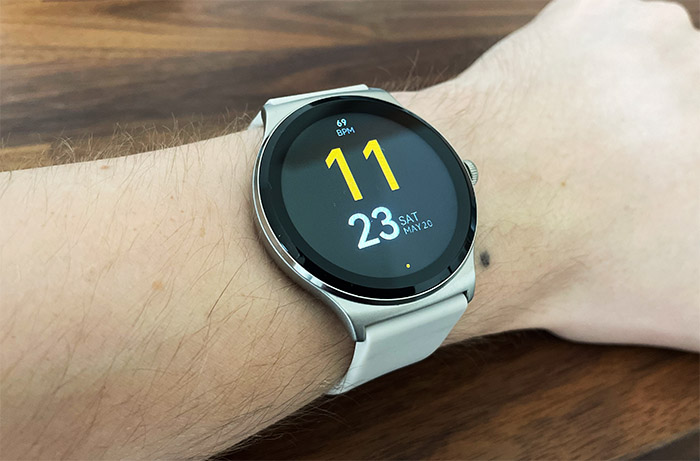
And yes, even at this price point, we get an HR sensor, O2 and acceleration sensors and, despite the Solar in the name, none of the smartwatches in the series can actually be charged via sun. I am not even sure why they decided to go with Solar as the series name, but I suppose it’s catchy and hopefully not confusing for the end user. That being said, let’s check out the Haylou Solar Lite and see if it’s worth getting, even at this ridiculously low price.
Design and Build Quality
At first glance, the Haylou Solar Lite and the Plus look very similar. Both have a circular case and the display slightly elevated above the frame, but on closer inspection I could see that the Solar Lite has smaller lugs, but the case is a bit larger. At the end of the day, both smartwatches are pretty much the same size – 1.8 x 1.8 x 0.4 inches (4.5 x 4.5 x 1.0) and they also weigh about the same. Besides that, there are a few other notable differences.
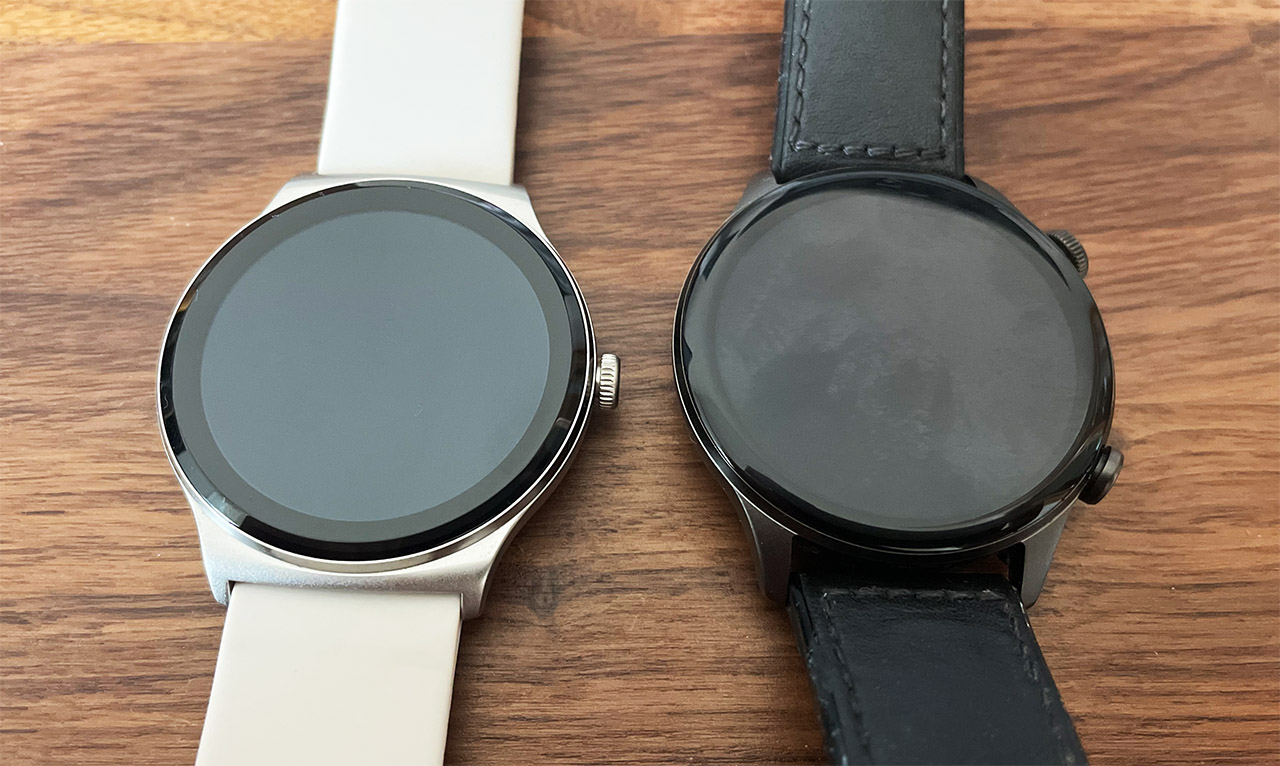
First, there is a metallic ring around the display where it gets in contact with the plastic frame and second, there is a single button (a crown), while the Solar Plus had a crown and a button on the right side of the case. The unit that I got has a silver case and a white brace, but there is a black version available as well which will look more similar to the Plus version. And yes, the locking mechanism for the band is universal – hopefully Amazfit will take notes – and the band itself is made of silicone.
I really liked the watch band of the Solar Plus (its minimalist design), so it’s really nice that they managed to include it as well on the Haylou Solar Lite. Is the smartwatch rugged? The display does sit above the frame, so I would say no, but at the same time, I do need to mention that the device is IP68-rated. This means that dust won’t enter the enclosure and you should be able to wear the smartwatch while showering, if that’s your thing. Also, sweat and rain will have no impact on the Haylou Solar Lite.
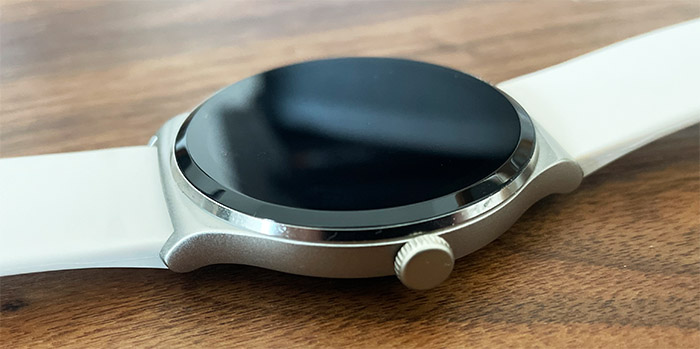
The functions of the crown are to power on or off the smartwatch (long press) and to wake the screen (short press). While the rotating crown of the Solar Plus would move between available watch faces, it doesn’t seem to have a role on the Haylou Solar Lite. It rotates, but nothing happens – you will need to rely on the touchscreen display. On the rear side of the smartwatch, where it gets in contact with your wrist, there’s the HR sensor embedded within a slightly elevated circular area and, above it, there are two pins for attaching the charging cable. Wait a minute, the Haylou Solar Plus had four pins. Yes, they did it again!
The charging cables are not compatible between the two models, despite being from the same series and, funny enough, I have no idea where the cable for Solar Plus is (just to show how easy it is to lose them). So yes, more and more e-waste. I know that this is a very inexpensive smartwatch, but there has to be a way to get universal wireless charging into all smartwatches because this is just getting ridiculous.
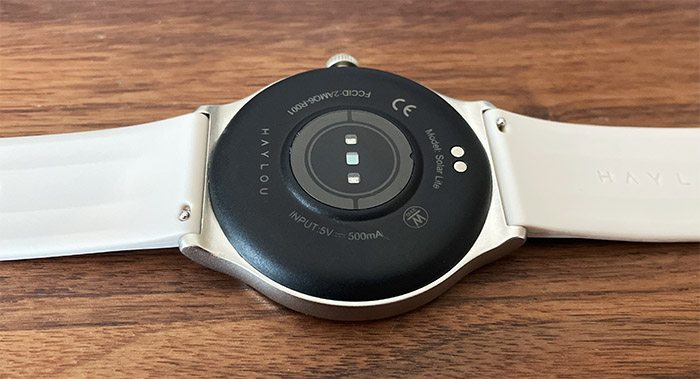
The Display
The Haylou Solar Lite has a 1.38-inch IPS TFT display, the same type of panel that the manufacturer used for the original Solar smartwatch. And the resolution is 240×240 pixels which is a serious step down from the AMOLED display of the Solar Plus. You will notice it in the color reproduction as well. The blacks are not deep at all, more like a darker gray and the whites are a bit blueish. It’s not a bad display for a very inexpensive smartwatch, but it pales in comparison with the AMOLED panel.
The brightness level can go very high and you should be able to see the display even if you’re outdoors during a very sunny day. The viewing angles are excellent (it’s a TFT panel after all), but the smaller resolution will have an impact on the crispness of the text – it’s going to look soft and not really that sharp. The bezels are also larger which makes sense considering that the size of the smartwatch remained unchanged, while the display is definitely smaller than on the Solar Plus.
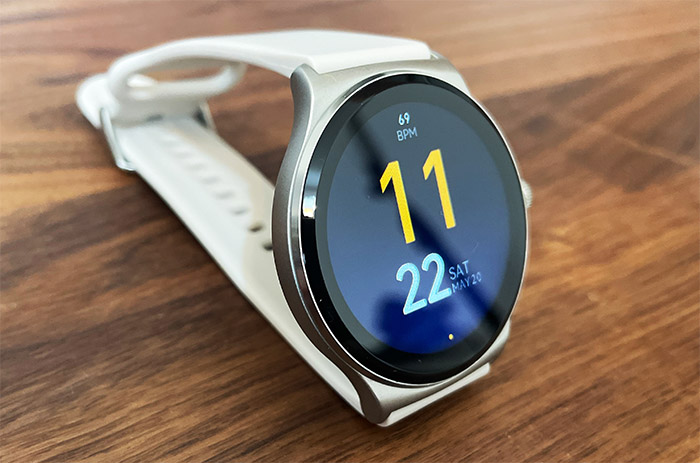
Is there an Always-on Display (AoD) function? There are very few devices that dare go that route and none under $100, so don’t expect AoD from the Solar Lite. I did see a weird implementation on the Plus model and it was just a timer for how long the display will stay on, so not really true AoD – TicWatch is onto something with its dual screen if you’re interested in such as device. I do sometimes encounter an annoying issue with inexpensive smartwatches, where the device would not properly detect the wrist movement, failing to turn on the screen about half the time (the most guilty of this are Kospet smartwatches), but the Haylou Solar Lite doesn’t seem to be plagued by such petty behaviors.
The Internal Hardware and Connectivity
All that has been disclosed about the internal hardware of the Haylou Solar Lite is that it has a 240mAh battery, but the manufacturer was kind enough as to put some internal photos of the device on the FCC ID website.
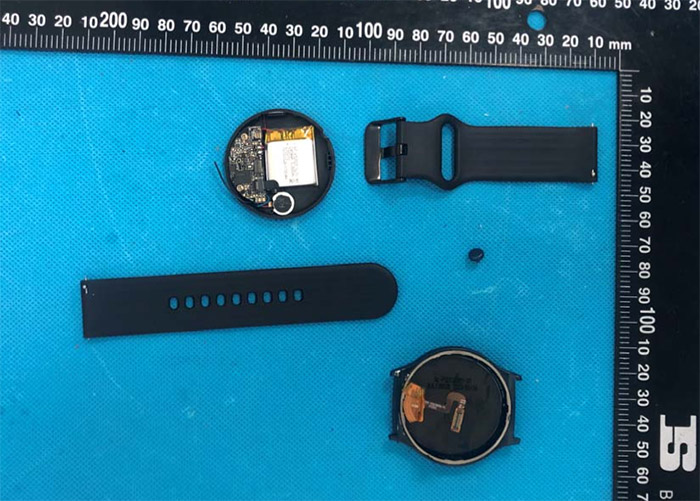
That’s how I was able to identify the Goodix GR5525 low-power Bluetooth 5.3 SoC and that the NOR flash is from Puya. Nothing else because the other photos were very blurry, so I was unable to identify any other component. Knowing that, I did check out how reactive and smooth the software was, and I can say that the components are properly tailored to work with the incredibly lightweight OS that’s installed on the smartwatch. I have already mentioned the support for Bluetooth v5.3 which is a bit too much considering the limited info that’s being transferred between the phone and the smartwatch, but you do gain a fairly wide coverage (30 feet from the smartphone).
Are the sensors accurate?
I did praise the heart rate sensor of the Solar Plus for its stability (not its accuracy, mind you). But the Haylou Solar Lite does not use the same sensor, it’s a slightly less powerful version. I could do almost five heart rate readings with the Amazfit T-Rex 2 while the Haylou Solar Lite could only offer one reading.
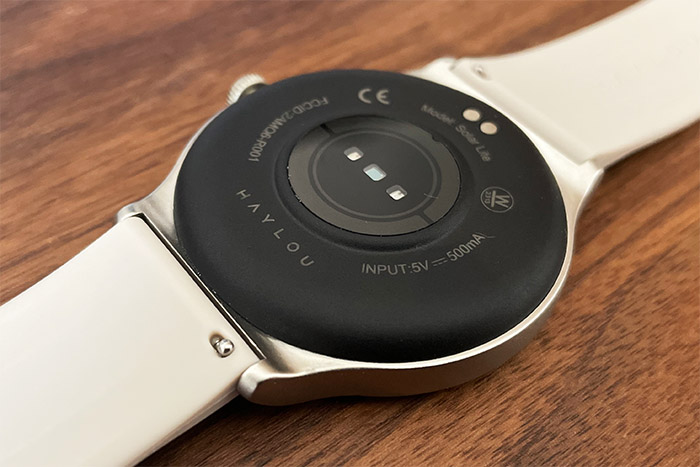
But the values were similar and let’s not forget that the former costs about ten times more. As for using the smartwatch while working out, it’s going to track your progress as well as it can, but know that the Solar Lite is not going to handle properly sudden heart rate fluctuations. The T-Rex 2 barely handles them, so no, the Solar Lite will do well when you’re not doing any strenuous physical activity. I noticed that the smartwatch can read the SP02 levels as well and, since I don’t have a reference device for accuracy, I can’t really tell if it works as it should. You do get a sleep tracker and it’s the same algorithm as on the Solar Plus, so I suppose it does work fairly well, better than on other very cheap smartwatches.
The Software Experience
While Haylou tried a few different things with the software of the Solar Plus (mostly in regards to the apps drawer), it decided to keep things as simple as possible with the Solar Lite. The first thing that you’re going to see is the watch face and you can change it by tapping and holding on the display (similarly to other smartwatches).
Then, if you swipe down, it will summon the quick actions menu where you can adjust the brightness, enable the find my phone function, go to Settings and more. Swiping down will toggle a series of useful windows including your current activity level, the HR, the Weather and even the synced player to the phone. Swiping right from the main window will open the notifications and swiping left will summon the main menu where you can start some of the Workout sessions (the variety is a bit limited), check the HR, SP02, Stress Level, Sleep stats and Activity.
There’s also a Woman’s Health app, the Weather and more. Overall, it seems to be the same API that’s used by other brands on their inexpensive smartwatches (as well as the more expensive Amazfit devices) and I suppose it works fine because it needs very little processing power to run. If you want to choose between more watchfaces and to have quick access to notifications (from your wrist), then you need to install the Haylou Fun app.
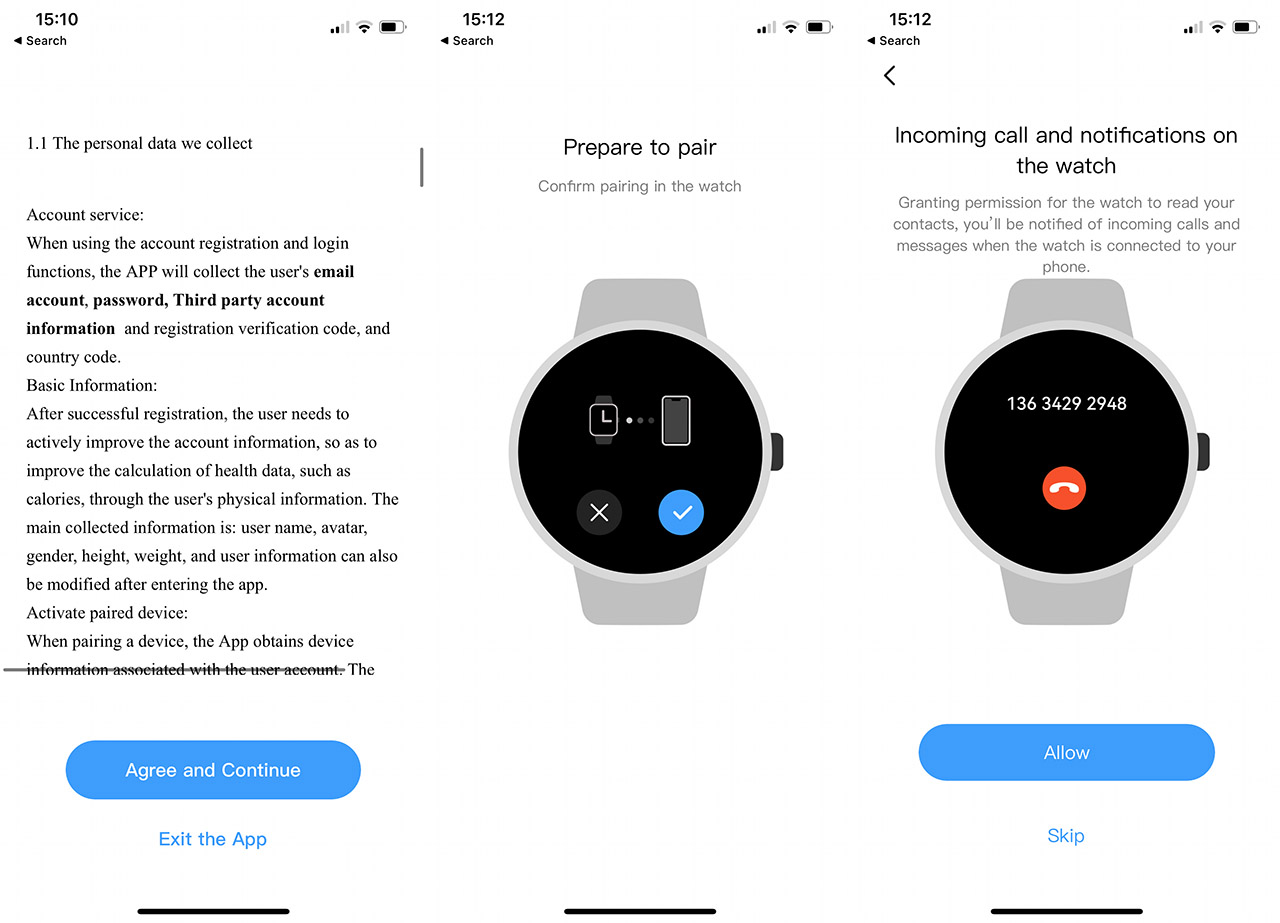
And yes, it will collect some personal data such as the fitness info that you insert at the beginning (height, weight), but there is more. The app will also collect the SN code and the MAC address of the phone, the location, the user ID, the health-related info (HR, SP02), the exercise-related info (GPS track, speed, pace, type of workout), sleep info and pretty much everything else that you get from the watch is being sent to the mother servers.
I am fairly sure that this is how the Haylou Solar Lite managed to have such an affordable price tag. After agreeing to share your personal info with Haylou and its partners, the app will display a Home window which is not completely translated to English, but which will show some data about your current fitness level. Then there’s the sport section where you can track your Outdoor run and walk, but what most of you will be interested about is the Face gallery. Yes, here you’ll find all the available watchfaces to choose from and there’s a very healthy amount available.
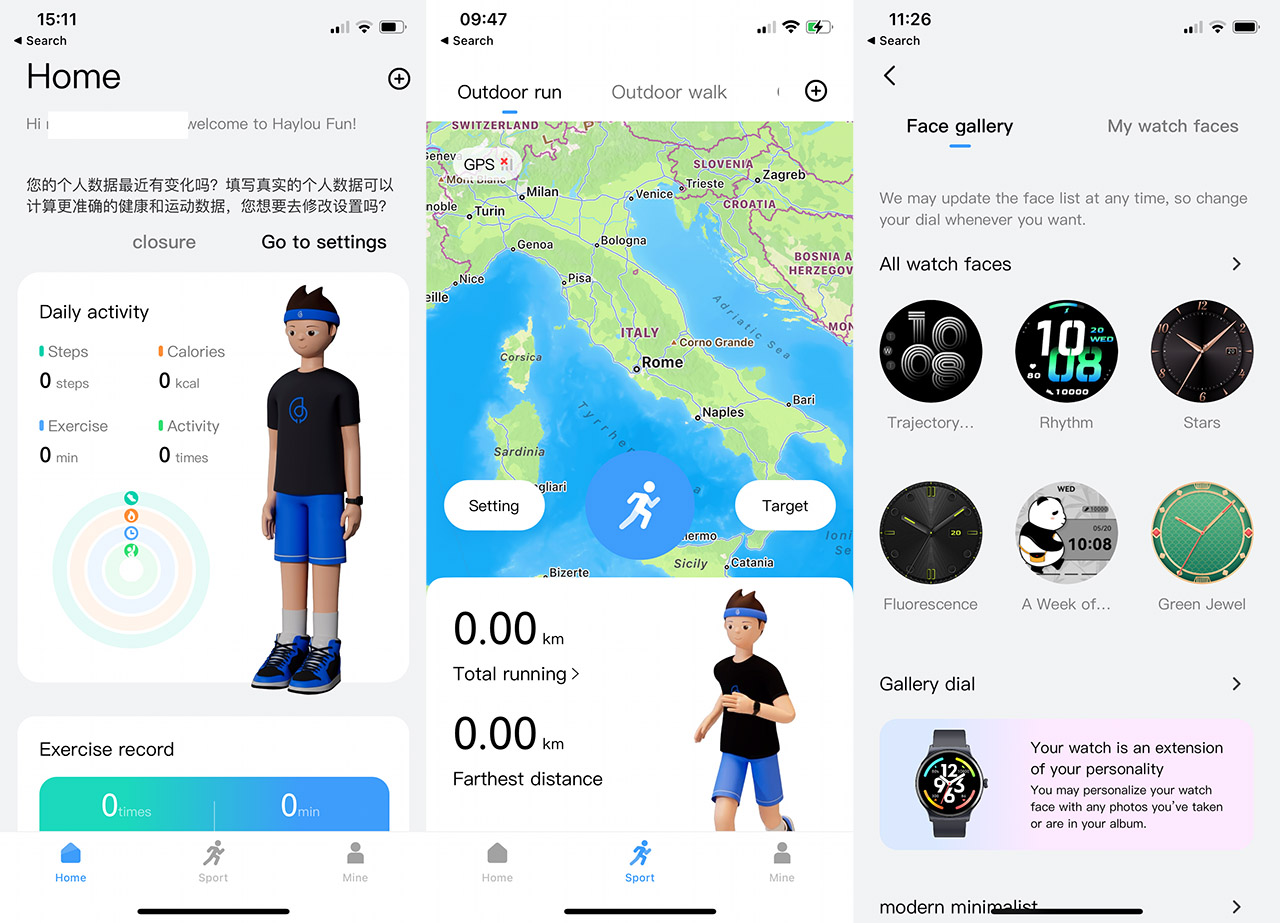
The Battery life of the Haylou Solar Lite
The 240mAh battery of the Haylou Solar Lite is a bit smaller than the 280mAh of the Solar Plus, but the software is lighter and the display less demanding, so it should at least offer a similar performance, right? The manufacturer says that the Solar Lite should reach up to 20 days when used in basic mode (no HR), while in normal use, it should go up to 10 days. These are very optimistic claims because in my case, with a normal use (including one workout tracking), the battery needed to be recharged a few hours past 4 days.
The Conclusion
The point of the Solar series seems to be to challenge what inexpensive smartwatches should look like and how they should behave. So I am fairly certain that the Haylou Solar Lite can be considered a reference entry-level device for other brands as well, not just for the Solar series. The interface moves smoothly, you do get a fair amount of apps and the build quality is unexpectedly good especially considering the price tag of the device. So, if you’re budget-constrained, but still want to use a smartwatch, you can’t go wrong with the Haylou Solar Lite.

Mark is a graduate in Computer Science, having gathered valuable experience over the years working in IT as a programmer. Mark is also the main tech writer for MBReviews.com, covering not only his passion, the networking devices, but also other cool electronic gadgets that you may find useful for your every day life.

